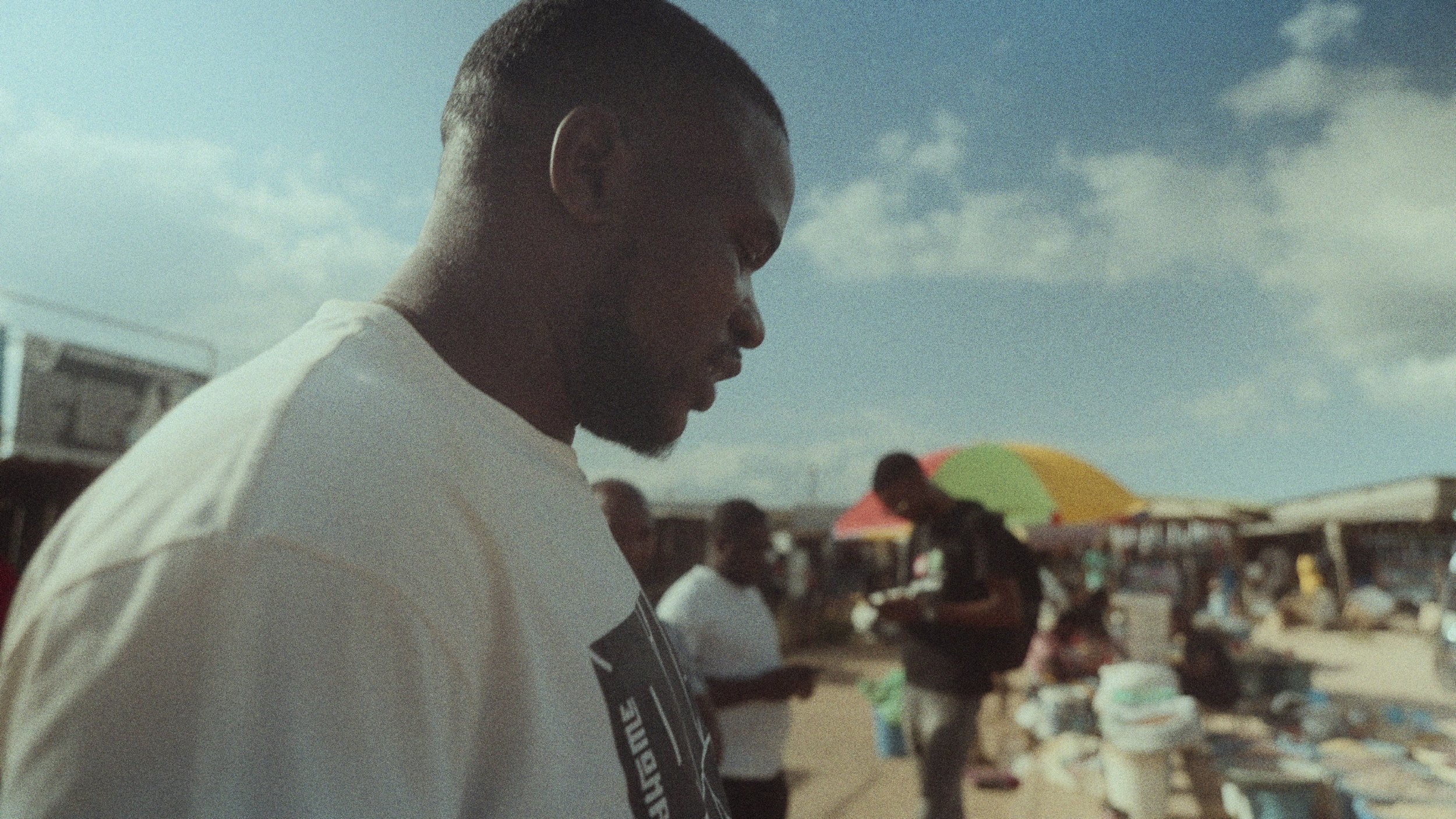From Farm to City: Peters's Journey in Zimbabwe's Great Migration
Peter still remembers the taste of those simple meals back home - vegetables and tomatoes in water, no cooking oil to spare. As he arranges fertilizer bags in his shop in Harare today, his journey from rural subsistence farmer to urban entrepreneur tells a story that millions of people across Africa share, yet each experiences uniquely.
"We used to eat relish without cooking oil. Just vegetables with tomatoes and water only. We used to grow our own vegetables and tomatoes—that's why they were also available," Peter recalls, his voice drifting into the memories of the past. "The challenge was that we didn't have farming inputs to use — no seeds or fertilizers."
For a long time, Zimbabwe saw a form of circular migration, fueled by the search for opportunities in the cities. But while many moved to the cities and also neighboring countries, like South Africa, around the same amount also moved back to their rural communities. But this has changed in the last decade.
Peter's story also reflects a transformation reshaping the entire country, but also many other places across the continent. While his personal struggle with failing crops and limited resources drove him to seek opportunities in Harare, his experience mirrors a broader exodus: over 80% of Zimbabwe's rural population has been affected by severe droughts and extreme weather, often leading to complete harvest failure, pushing an unprecedented wave of migration toward urban centers.
A Leap into the Unknown
The decision to leave wasn't easy. But as Peter explains, "Even when I had completed my education - money was not available because in the rural areas money doesn't circulate." With nothing but determination, he made the journey to Harare, Zimbabwe's capital.
"I was not even sure what I would be doing when I arrived in the capital city or where I was going to stay. I didn't have even a place where I was welcomed. I just told myself that I should just go and whatever comes my way, I will deal with it."
This uncertain journey to urban areas is one taken by thousands of Zimbabweans each year. The country's urbanization rate of 2.5% annually means cities are absorbing around 132,000 new residents yearly - equivalent to a small town's population.
Finding Opportunity in the Informal Economy
Peter's path to success began in Domboshava, near Harare, where he noticed an opportunity that would change his life.
"I found out that in that area, there are farmers who do farming throughout the year. They are not seasonal farmers, like we were. I then came up with a plan of approaching farmers and selling them chemicals and fertilizers. I started my business with only 8 bags of fertilizer in the year 2013, that I sold from the side of the road."
His story illuminates the vital role of informal economies across Africa, where similar markets account for a significant portion of urban employment and GDP. From Harare to Lagos, from Nairobi to Johannesburg, these parallel economies often outpace formal sector growth, challenging traditional development models.
The Transformation of Success
By 2018, Peter had opened a shop, and by 2020, his success allowed him to achieve something remarkable: buying a house in the city and building a proper home for his mother in their village.
"We used to have a single thatched hut kitchen that we used to share, my mother and my siblings. We would sleep others to one side and others to the other in the same kitchen. We then managed to build her a house to stay."
While Peter's success story inspires, it also highlights the broader challenges facing African cities. By 2050, Africa's urban population is projected to triple, making it crucial to address current challenges while planning for future growth. From housing shortages to infrastructure gaps, cities across the continent face similar pressures in accommodating their growing populations.
A Continental Shift
Peter's journey from rural farmer to urban entrepreneur represents more than personal triumph; it embodies Africa's urban transformation. Across the continent, similar forces are at work: climate change disrupting traditional agriculture, economic pressures pushing people toward cities, and informal sectors providing crucial opportunities for newcomers.
The impact extends beyond individual stories. In rural areas across Africa, the exodus of young, able workers is reshaping traditional community structures and agricultural practices. Meanwhile, cities are becoming laboratories for new forms of social organisation, economic activity, and cultural exchange.
Looking Forward
As cities like Harare continue to grow, stories like Peter's remind us that within the challenges of urbanisation lie opportunities for innovation and transformation. The future of African cities will depend on how well they can nurture the aspirations of millions of migrants like Peter while creating sustainable, inclusive urban environments.
The key lies in learning from experiences across the continent, sharing solutions, and creating urban spaces that can accommodate and support the dreams of those who, like Peter, arrive with nothing but hope and determination. The future of Africa is increasingly urban, and how we respond to this reality will shape the continent for generations to come.





